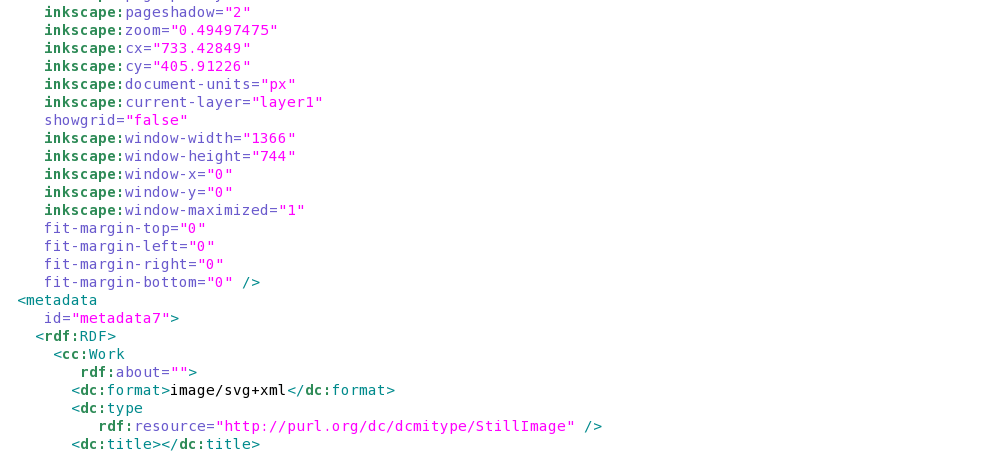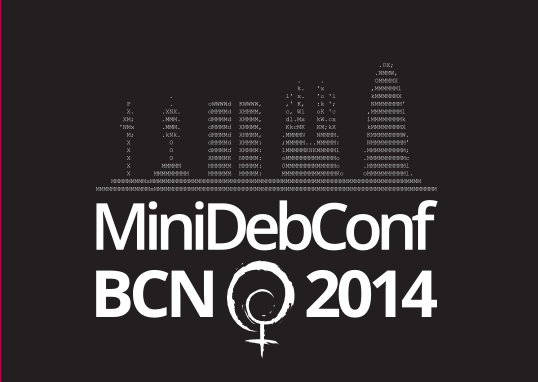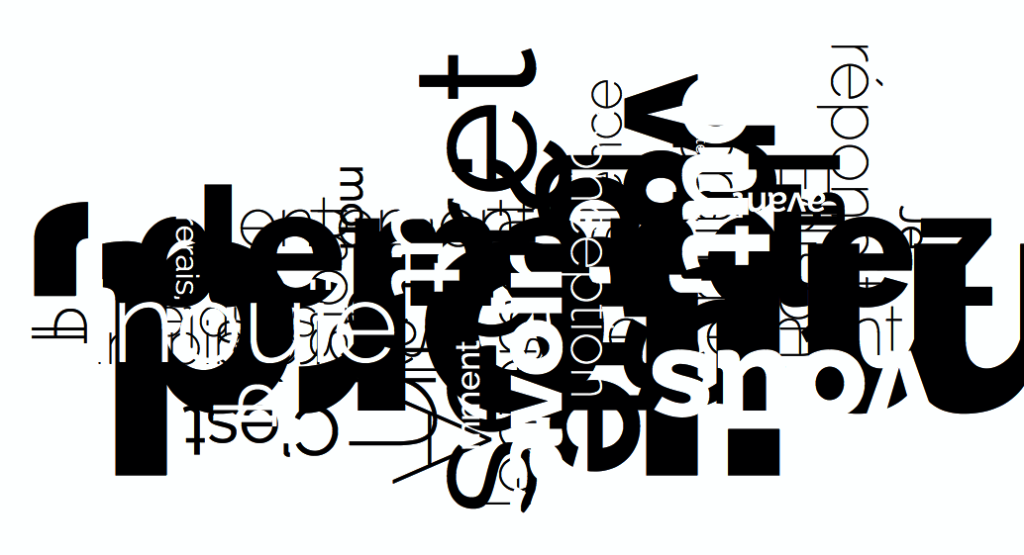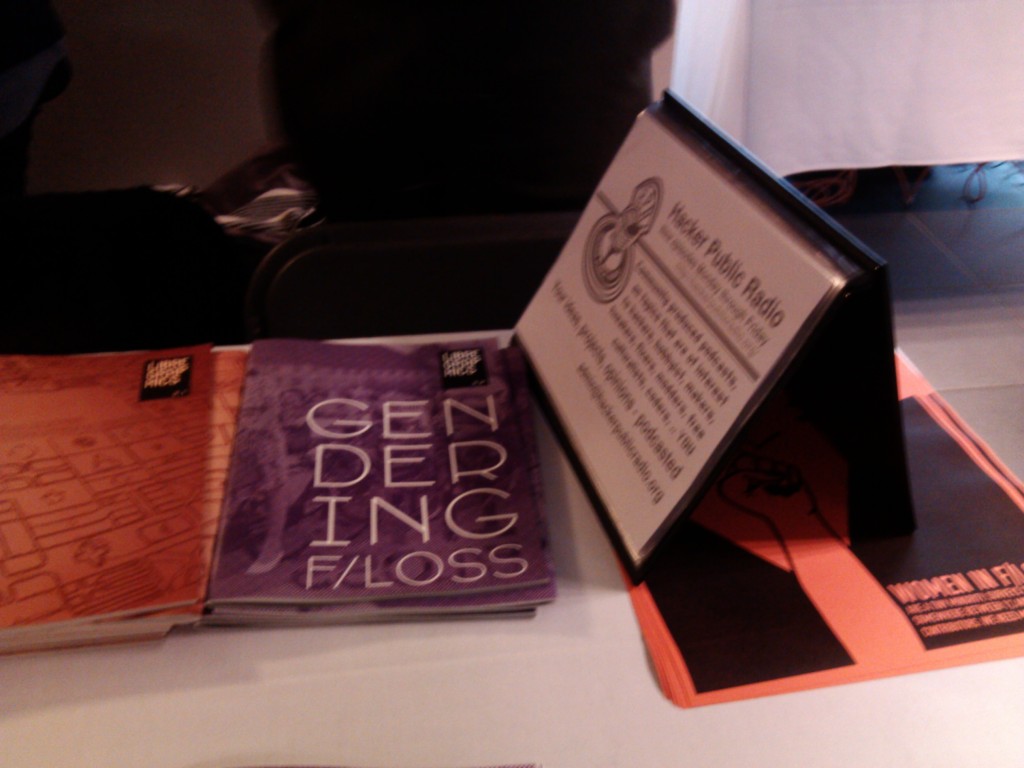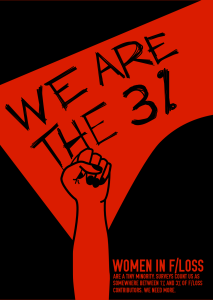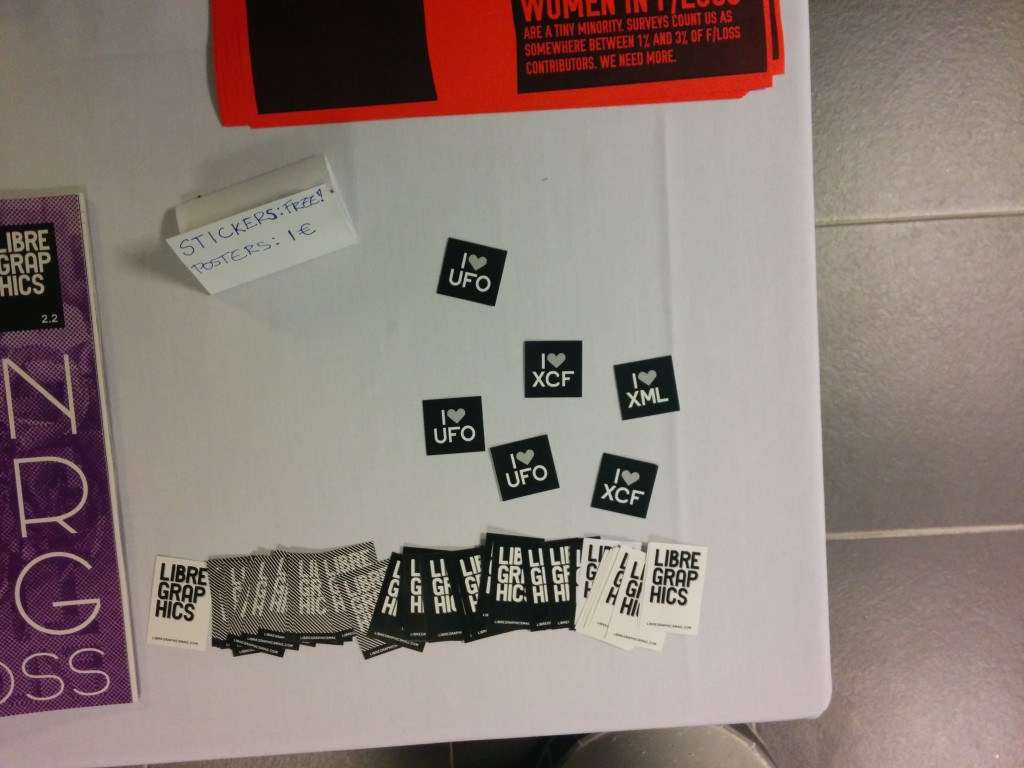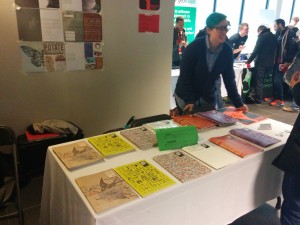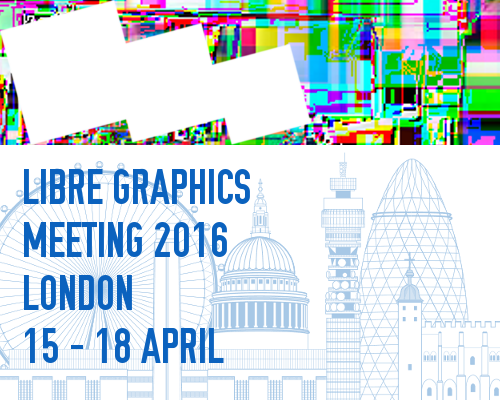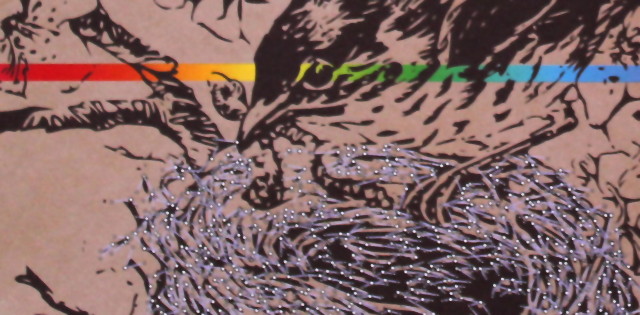
SVG was one of the brightest revelations when we switched to libre design tools; in fact, it’s one of the major reasons that made us switch from the Adobe toolchain we learned in college to a 100% F/LOSS workflow for design.
After years of working with closed formats, SVG seemed like a dream: it’s viewable and editable in a wide set of free and proprietary tools, it’s based on a familiar XML syntax, and can even be viewed on a modern web browser.
How the death of FreeHand shows why open formats matter
Back in 2001, when we started our communication design studies, Macromedia FreeHand was the most widely used vector graphics software. At the time, with one single iMac G3 in the classroom, we took turns, in pairs, to design our very first double page layout using FreeHand. That was the first assignment using this tool and the one that got into computer assisted design.
FreeHand was a faithful companion during our five years of studies. In 2005 Macromedia was bought by Adobe. By the time we graduated, in 2006, it became clear that the Freehand days would soon be over. Illustrator, Adobe’s main vector graphics software, was the only cool alternative. So if you wanted to continue to work in vector graphics, you knew at you were suposed to do: learn Illustrator, even if you did not like that tool.
Looking back on five years of work, sadly enclosed in FreeHand’s proprietary format, we knew that moving to another proprietary tool would mean going through the exact same process in a few years. No other software could open FH files and soon FreeHand would be incompatible with the most recent operating systems.
We didn’t want the situation to repeat itself, and we didn’t want our activity to be dependent on the whims of corporations that we don’t have any relationship with. That was when we searched and started to learn about Standard formats and Free Software. We found SVG and we knew it was the right format for our vector work. So we installed Inkscape and began our quest in designing with F/LOSS.
Reverse Engineers
The closed black boxes of proprietary formats shackle designers to specific tools, and forces them into certain workflows that depend on those tools. And because tools like FreeHand can quickly and unexpectedly reach their end of life, we end up with many lost, undocumented formats, like old scrolls written in undecipherable languages whose message we’ll probably never be able to read. However, in the same way old scrolls invite crafty cryptographers to devise ways to decypher them, there are crafty hackers tirelessly working to release these formats from their orphan state by reverse-engineering them.
One beautiful example of this is Valek Filippov‘s and Fridrich Strba‘s work in reverse-engineering the FreeHand file format for the LibreOffice project. The mostly invisible nature of this kind of work makes it even more important to draw attention to it; Valek and Fridrich have been busy with this endeavour for years, and we’re crossing our fingers waiting for the day when we can finally rescue our old work from its still-impenetrable black box.
Possibilities for an open format
And what can we do with an open format? So much! During the last few years, we’ve done many promising experiments with SVG. We tried our hand at SVG business card generators, using the sed tool to find and replace text based on CSV files; we’ve set up automated command-line vector workflows using svg2pdf for auto-export and pdftk for post-processing; and we’ve been sending SVG files to our clients that they can open directly in their browser, without the need for specialised tools or using clunky interchange formats like PDF.
All this is only possible because SVG is an open, documented, standard format. There are hardly any excuses to keep on using closed formats that limit our intentions and force us to use tools we might not want or even need. Open formats are empowering, and by each inch of progress the world makes in making open formats better and more widespread, the more we can all grow.
Read the rest of our Document Freedom Day series on SVG:
Celebrating Document Freedom Day, celebrating our favourite open standard
